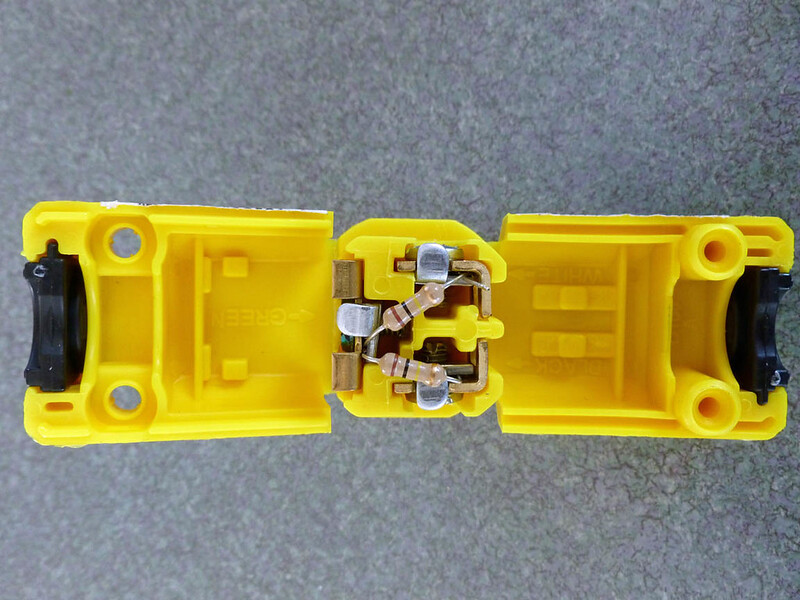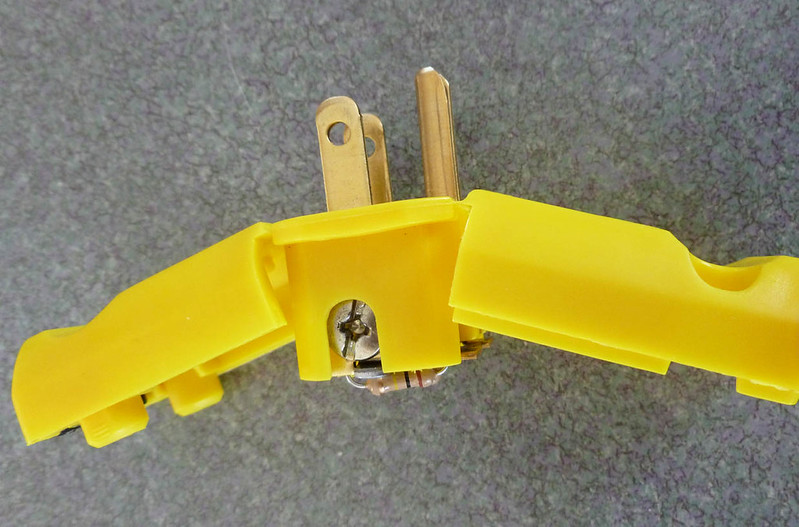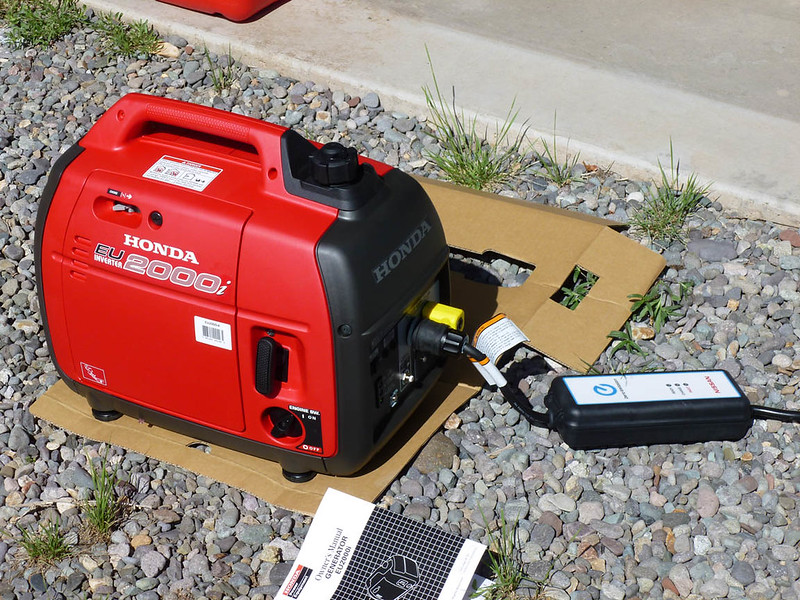wwhitney
Well-known member
Why the resistor from hot to ground?Ingineer said:The easy way to make this work is take a screw-on plug (NEMA 5-15P) and install two 1/2 watt 100k ohm resistors. One from neutral (silver screw) to ground (green), and the other from hot (gold screw) to ground (green). Then simply plug this into one outlet on the generator, and your EVSE into the other. This will safely pass the ground detect on the Nissan (and our upgraded) EVSE, while not being a hazard in any other way.
Thanks, Wayne




